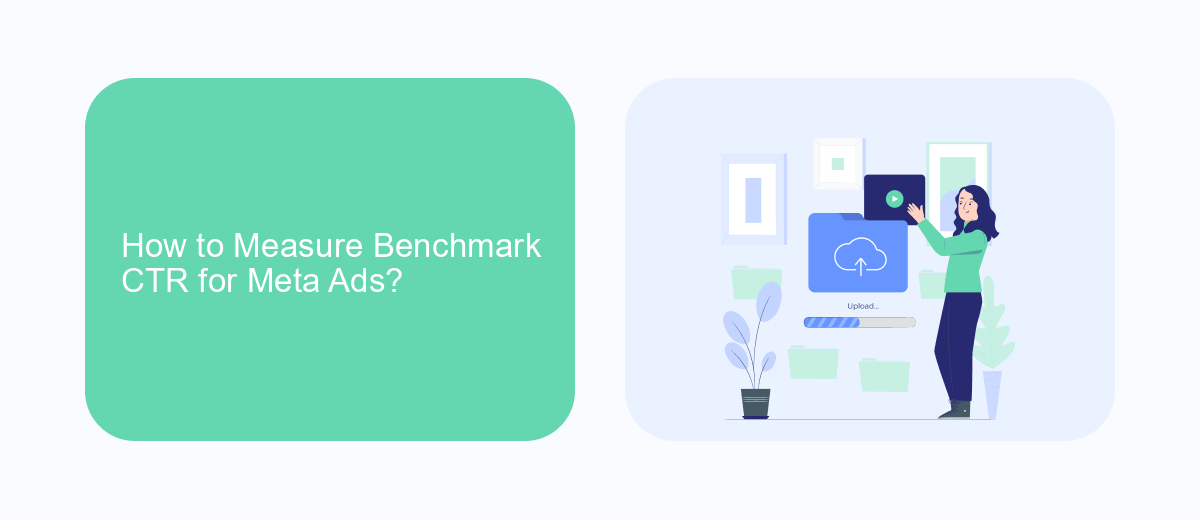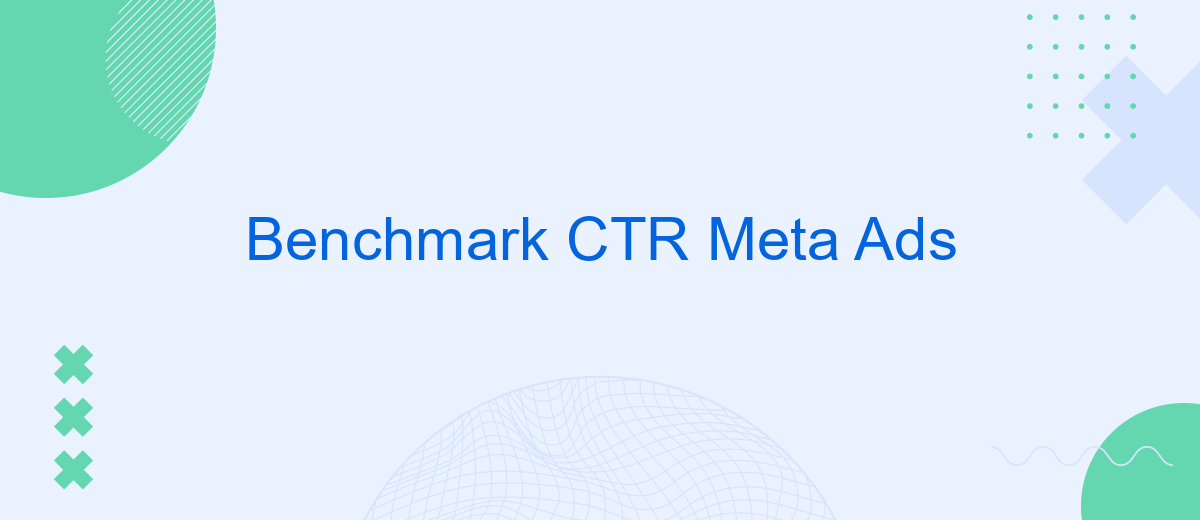In the ever-evolving landscape of digital marketing, understanding and optimizing click-through rates (CTR) for Meta Ads is crucial. This article delves into the benchmarks for CTR, offering insights and strategies to help advertisers maximize their campaign performance. By examining industry standards and successful case studies, we aim to provide a comprehensive guide for achieving optimal results in your Meta Ads endeavors.
What is Benchmark CTR for Meta Ads?
Benchmark CTR (Click-Through Rate) for Meta Ads refers to the average CTR that advertisers can expect when running ads on Meta platforms such as Facebook and Instagram. This metric is crucial for evaluating the performance of ad campaigns and understanding how well your ads are engaging the audience.
- Industry: Different industries have varying benchmark CTRs. For instance, e-commerce might have a different benchmark compared to healthcare.
- Ad Format: The type of ad format, such as video, carousel, or static image, can influence CTR.
- Audience Targeting: Well-targeted ads generally yield higher CTRs compared to broadly targeted ones.
Understanding the benchmark CTR helps advertisers set realistic goals and optimize their campaigns for better performance. By comparing your ad's CTR to the benchmark, you can identify areas for improvement and adjust your strategies accordingly.
How to Measure Benchmark CTR for Meta Ads?

To measure the benchmark CTR for Meta Ads, start by accessing your Meta Ads Manager and navigating to the campaign, ad set, or ad level where you wish to analyze the performance. Look for the "Performance" column and identify the CTR metric, which indicates the percentage of people who clicked on your ad after seeing it. Compare this CTR with industry standards or your own historical data to determine if your ads are performing above or below average.
For a more streamlined and automated approach, consider using integration services like SaveMyLeads. SaveMyLeads allows you to connect Meta Ads data with various analytics tools and CRM systems, providing you with real-time updates and comprehensive reports. This integration can help you track CTR benchmarks more efficiently and make data-driven decisions to optimize your ad campaigns.
Factors Affecting Benchmark CTR for Meta Ads

Understanding the factors that impact the benchmark Click-Through Rate (CTR) for Meta Ads is crucial for optimizing ad performance. Several elements can influence how well an ad performs, and knowing these can help marketers fine-tune their strategies to achieve better results.
- Ad Relevance: The relevance of the ad content to the target audience significantly affects CTR. Ads that resonate well with viewers are more likely to be clicked.
- Visual Appeal: High-quality images and videos can capture attention more effectively, leading to higher engagement rates.
- Targeting: Precise targeting ensures that ads are shown to users who are more likely to be interested in the product or service being advertised.
- Ad Placement: Where the ad appears on the platform can also influence CTR. Ads placed in prominent positions tend to perform better.
- Ad Copy: The language and messaging used in the ad copy must be compelling and clear to encourage clicks.
By focusing on these factors, marketers can enhance their Meta Ads campaigns, achieving higher CTRs and ultimately driving more traffic and conversions.
Strategies to Improve Benchmark CTR for Meta Ads

Improving the Benchmark Click-Through Rate (CTR) for Meta Ads requires a strategic approach that combines creativity, data analysis, and continuous optimization. One of the most effective ways to enhance CTR is by crafting compelling ad copy that resonates with your target audience. This involves understanding their pain points, desires, and the language they use.
Another critical factor is the visual appeal of your ads. High-quality images or videos that capture attention can significantly boost CTR. It's essential to test different visuals to see which ones perform best. Additionally, leveraging A/B testing for various ad elements such as headlines, descriptions, and call-to-action buttons can provide valuable insights.
- Use clear and concise ad copy that speaks directly to the audience.
- Incorporate high-quality, relevant images or videos.
- Conduct A/B testing to identify the most effective elements.
- Utilize audience targeting to reach the right people.
- Monitor performance metrics and adjust strategies accordingly.
Finally, staying updated with the latest trends and algorithm changes on Meta platforms can give you a competitive edge. Regularly reviewing and refining your ad strategies based on performance data is key to maintaining and improving your Benchmark CTR over time.


Tracking and Monitoring Benchmark CTR for Meta Ads
Tracking and monitoring the Benchmark Click-Through Rate (CTR) for Meta Ads is crucial for optimizing your advertising campaigns. To begin, you should set up robust tracking mechanisms using Meta's native tools like Facebook Pixel and Conversions API. These tools provide real-time data on user interactions, allowing you to measure the effectiveness of your ads accurately. Additionally, integrating third-party analytics platforms can offer more comprehensive insights and help cross-verify the data collected from Meta's tools.
For seamless integration and efficient data management, utilizing services like SaveMyLeads can be highly beneficial. SaveMyLeads automates the process of transferring lead data from Meta Ads to your CRM or email marketing systems, ensuring that no valuable data is lost. This service not only saves time but also enhances the accuracy of your tracking efforts. By consistently monitoring your CTR and making data-driven adjustments, you can improve your ad performance and achieve better ROI.
FAQ
What is a good CTR for Meta Ads?
How can I improve my Meta Ads CTR?
Why is my Meta Ads CTR low?
How do I track the performance of my Meta Ads?
Can I automate the optimization of my Meta Ads?
Are you using Facebook Lead Ads? Then you will surely appreciate our service. The SaveMyLeads online connector is a simple and affordable tool that anyone can use to set up integrations for Facebook. Please note that you do not need to code or learn special technologies. Just register on our website and create the necessary integration through the web interface. Connect your advertising account with various services and applications. Integrations are configured in just 5-10 minutes, and in the long run they will save you an impressive amount of time.
